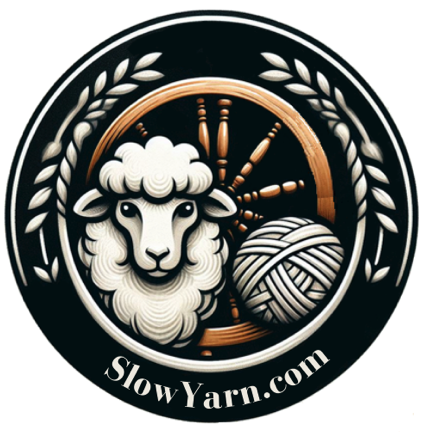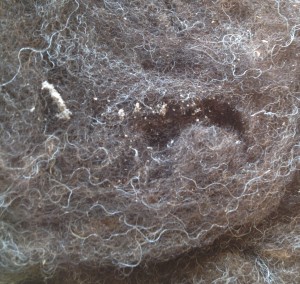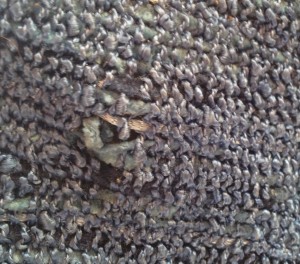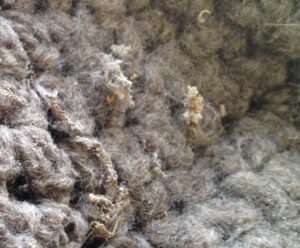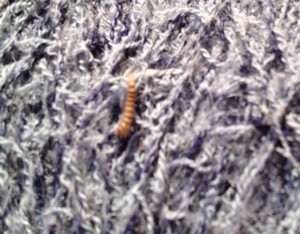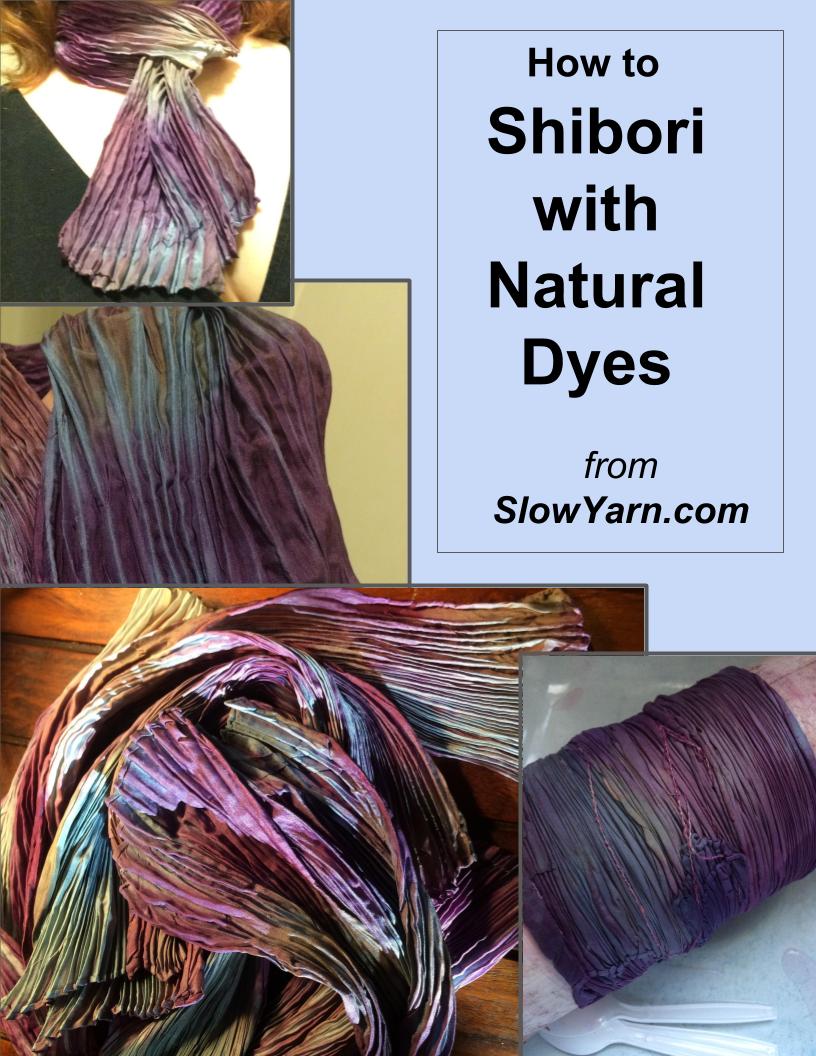What are Wool Moths?
Can wool moths really do much damage? They’re only tiny little moths.
Have you seen evidence of moths eating clothes? Tiny holes in your sweater? Dusty powder in the corner of the drawer? Little cocoons stuck to some clothing that was in a dark place? In my case, the damage to clothing is minimal compared to the damage to my fleece stash. As a handspinner, weaver, and felter, wool is vital to my art. Camel hair coats, furs, goose down, alpaca and llama, angora– anything made from protein fibers can attract the wool moth and clothes moth larvae.
If you own wool rugs, sweaters, coats, shawls, or wall hangings, you should read this article.
Clothes moth damage can be devastating, and recognizing the culprits immediately is vital to prevent untold amounts of damage. Wool moths, clothes moths, closet moths, cocoon moths –there are lots of different names for a couple of different varieties of these destructive little insects. Even pantry moths, like Indian Meal Moths, will eat wool if it’s available to them! Carpet beetles are very different in appearance but can cause every bit as much devastation. Extreme damage from all these pests can be prevented, but only if the little demons are identified before their eggs are tucked in every nook and cranny of a house, waiting to hatch and seek out any protein fibers they can find.
These tiny little demons don’t eat just wool, but angora, llama, and alpaca that are all common in sweater, hats, gloves, and home décor. They’ll munch right down on exotics like Grandpa’s camel coat, grandma’s mink collar coat or vintage karakul shearling coat.
To learn more about wool moths, how to prevent them and how to get rid of them once you have an infestation, check out Wool Moth Traps.
Here’s how I learned the hard way about the tiny Wool Moth, Scourge of the Devil:
I had been spinning for a few months when I heard an offer for some free llama wool. Cool! It was fiber, and it was free. I took it, in a plastic grocery bag that wasn’t sealed in any way, set it in the middle of my stash of wool and other fibers, and forgot about it for awhile.
That was the single
most expensive free item
I ever received.
Over the next 29 years or so, I struggled to control the wool moths that were introduced into my stash through that “free” llama fleece. I had wool fleeces I’d bought at the Estes Park Wool Market. I had fancy rovings that were gifts from family. I bought tiny packages of exotic fibers to try spinning. I had started raising angora rabbits, and had containers of the lovely soft angora fiber all over my house. And that’s only the handspinning fiber! All the wool sweaters from the grandmothers, wool hangings, wool rugs, hats, mittens, coats… we had a lot of wool.
Over that first year, the wool moth damage began.
I would occasionally open the lid to a box, or a cedar chest (yes, cedar chest!!!), and find bags that contained not luscious fiber, but dust. I threw them out, more puzzled than alarmed. I’m not talking about a few chewed damage spots with moth egg dust or casings. I mean entire gallon sized Ziploc bags of angora turned to dust!!! I and my family of Mensans did not recognize what was happening. We’d seen tiny moths around the house, but not swarms of them or anything obvious like that. And friends and relatives told us,
“There are no clothes moths in Colorado!” It’s too high, or dry, or something.
So we figured the moths we saw were meal moths that had come in with some of the bulk grains I got at the health food store. Chalk it up as one of the drawbacks of buying organic food, right?
I began to put together the puzzle pieces when I started finding holes in wool garments. Then I spotted a few strange “casings” stuck to some of my clothes. Occasionally, when vacuuming near my spinning wheels or wool stash, I would see these creepy little larvae husks that looked a lot like meal worms I’d seen in cornmeal a couple of times. Tiny black beetles were in a couple of my fleeces, and there was obvious damage to the fibers around them.
I had been invaded.
Every type of wool eating creature seemed to have invaded my house, and I could trace it all back to that free llama fleece.
The war began.
So, what DID I do?
Here is the problem with that kind of chemical treatment: How long is long enough to keep the kids out? The chemicals have half lives and might not be poisonous forever, but the carriers that deliver the chemicals are often toxic, and if I spray them into my wool then there are chemicals in my “all natural” wool products. I’m going to spin that wool into yarn for my kids’ garments, or sell fleece or yarn to other people. One of the bragging points about my wool was that it was raised naturally. I was not certified as an organic flock, but followed organic husbandry except for rare medications when I felt it was best for my flock. Coating my fleece with chemicals was something to avoid. On top of the toxicity problem, does it help with the eggs that are going to hatch some time in the future? Not at all. Looking back, I probably should have just tossed everything woolen into a bonfire and given up on it.
What I did do:
- Tossed the obvious infestations.
- Vacuumed the corners and cracks wherever I could
- Put diatomaceous earth powder in crevasses and cracks, corners, and carpets.
- I washed all the wool garments as vigorously as I could without felting them, dried them thoroughly in the sun, then put them inside the cedar chests.
- I opened those twice a year to shake out the garments and make sure they hadn’t started a breeding ground inside the dark chest, cedar or no cedar.
- I made quarantine areas for fiber I thought could possibly be infested because they were near other wool that was.
- Any new fiber entering the house or coming off the rabbits was put into thick, sealable plastic bags, double bagged, with lavender or cedar packets inside, and put into a safe chest or plastic bin that could be sealed.
- The best storage containers for wool are ones which let light in. Wool moths like the dark.
For more about the steps for prevention or for dealing with an infestation, read further at Eliminate Wool Moths: A 10-Step Solution.
This infestation destroyed many thousands of dollars of wool over the years. At one point, I had a flock of rabbits, sheep, and angora goats, and each fleece had to be protected with the double bagging system. I could not in good conscience sell any wool products unless they were sent away straight off the sheared animal, or I was certain that they had been protected throughout the entire time they were at my house or barn.
I moved last year. I tossed any fiber that even might be infested. So far, I seem to have escaped the infestation, as the wool I have shows no evidence of damage. I continue to follow all my safety procedures, and won’t sell any wool I am not 100% certain is moth free.
But I know… all it takes is one free fleece.
Copyright © 2014 – 2021 Kelley Adams. All rights reserved.
All text, photos, and graphics are the property of Kelley Adams unless credit is given to an alternative source.
